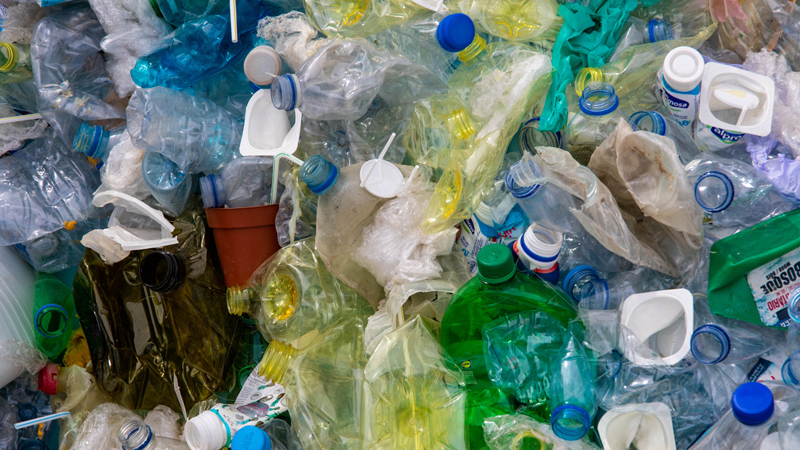The briefing also highlights the introduction of a new monitoring tool where people, policy makers and others can check progress on plastics circularity in Europe.
The monitoring tool, which is one of the thematic modules of the broader Circularity Metrics Lab, looks at progress made on the circularity of plastics across Europe. It provides detailed insights into the circularity of plastics, with technical information for policymakers, stakeholders, and the public. The module will be updated annually with the latest data and new data streams as they emerge.
The EEA’s Circularity Metrics Lab encompasses a wide array of metrics on the transition to a circular economy. This initiative addresses the unsustainable patterns of plastics production and consumption, which contribute significantly to waste, pollution, climate change and other environmental impacts.
Together with the new monitoring tool, the new EEA briefing ‘The role of plastics in Europe’s circular economy’ indicates that the consumption of plastics is projected to rise both in Europe and globally.
The briefing compiles data from diverse sources to assess the current state of plastics production and consumption, and its environmental and climatic repercussions. It also explores strategies for transitioning Europe towards a circular economy for plastics.
The thematic module on plastics supports the EU’s contribution to international efforts to curb plastic pollution. The United Nations International Negotiating Committee (INC) is crafting an international, legally binding agreement to eliminate plastic pollution, including marine pollution. A critical component of these discussions is the establishment of robust monitoring mechanisms to support and track the commitments that may be finally agreed in that international process.
The EEA’s European Topic Centre on Circular Economy and Resource Use has produced a supporting report highlighting knowledge gaps and suggests improvements on data collection and monitoring efforts. Currently, most data on plastics production and consumption originate from industry, suggesting a need for greater involvement from public authorities.
Key insights from the plastics monitoring tool:
- Plastic consumption in Europe is high and expected to grow in line with projected increases in global plastics production.
- The consumption and production of plastics negatively affect the environment and contribute to climate change. More marine litter is washing up on Europe’s beaches, high levels of microplastics are entering the environment, and future growth in plastic consumption means greenhouse gas (GHG) emissions from the value chain are likely to increase as a result.
- The circularity of plastics material is increasing at a slow pace. Nevertheless, there are encouraging trends: mechanical recycling capacity is increasing, EU exports of plastics waste are decreasing, bioplastics production capacity is growing slowly, as is the use of recycled plastics.
- Developing a circular economy is critical to making plastics more sustainable and is a central aim of the EU in its plastic strategy and recent legislation related to plastics and is part of the negotiations of the UN treaty to end plastic pollution.










